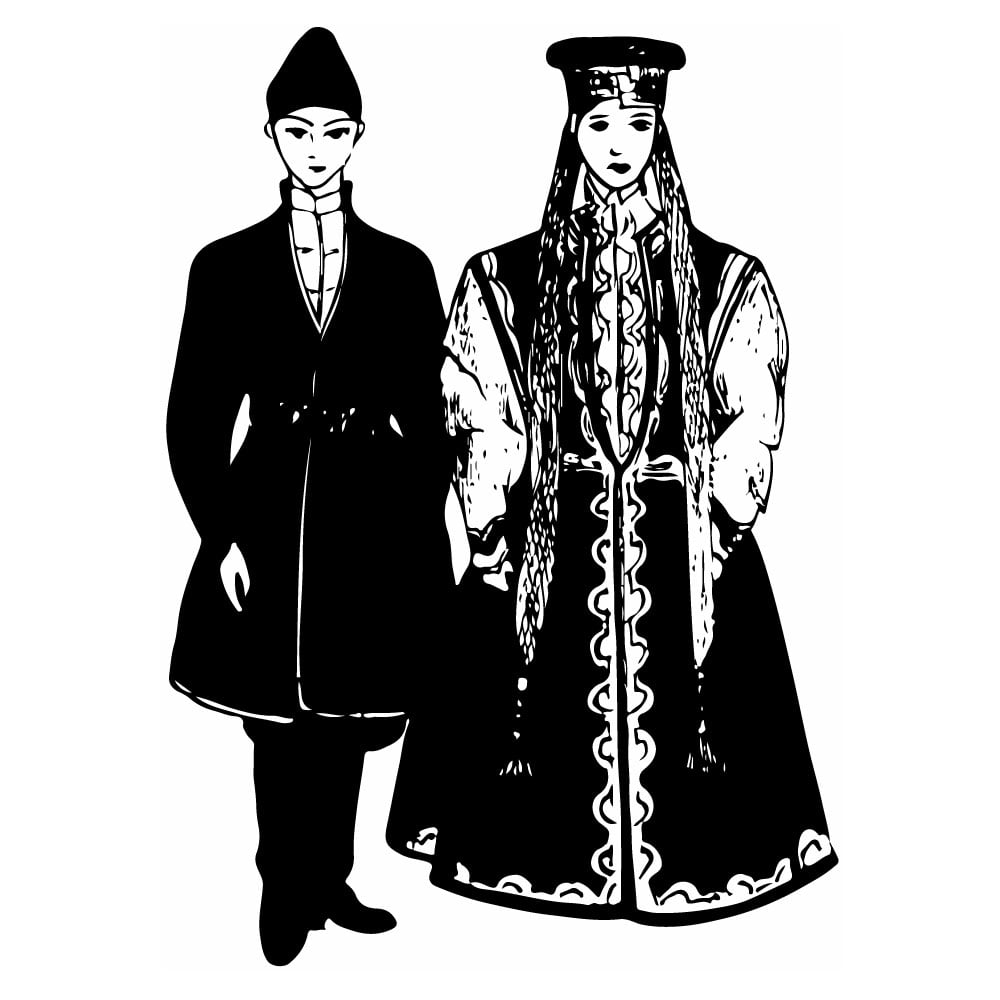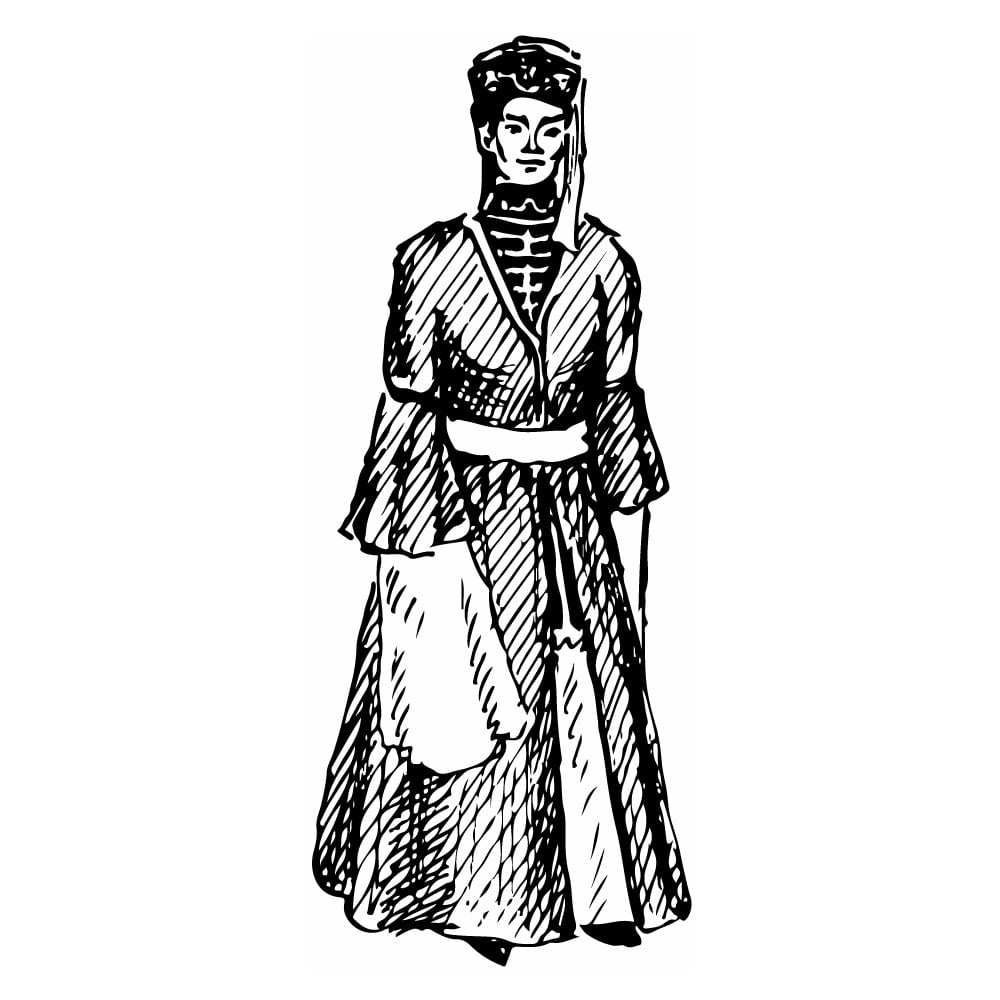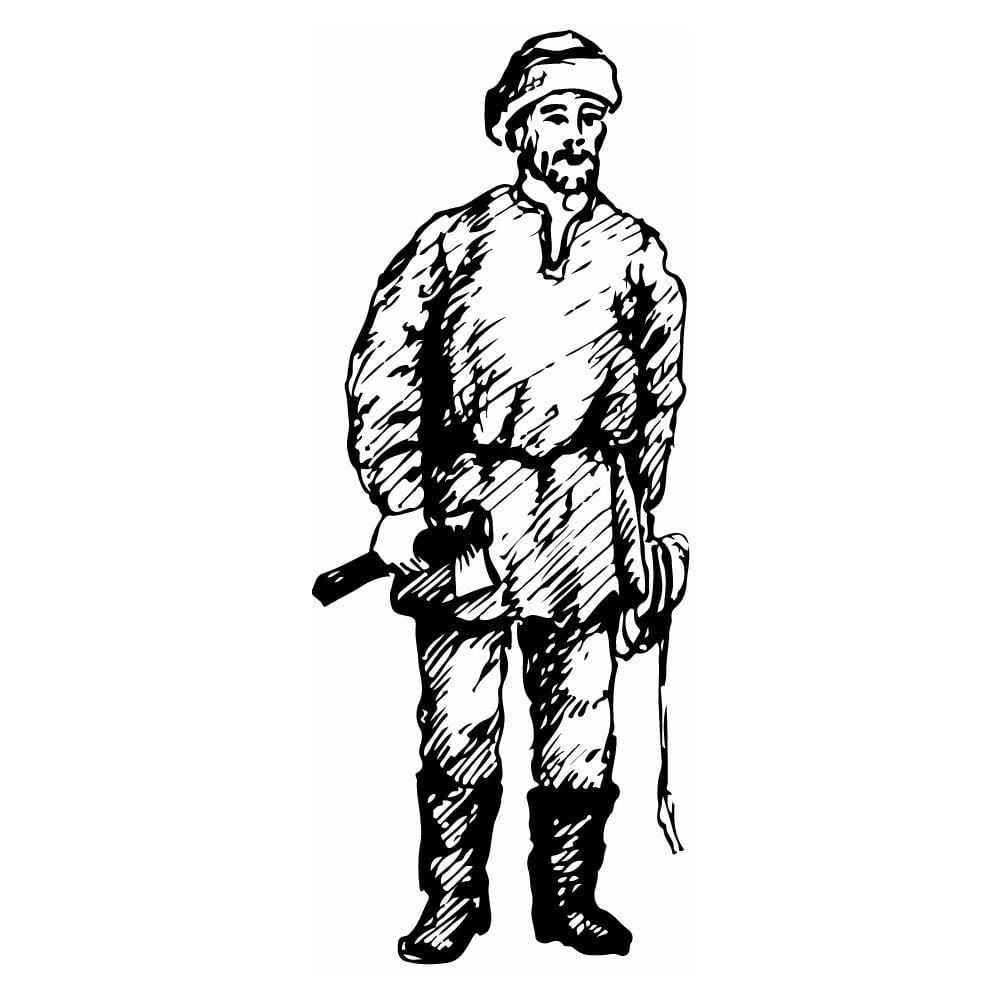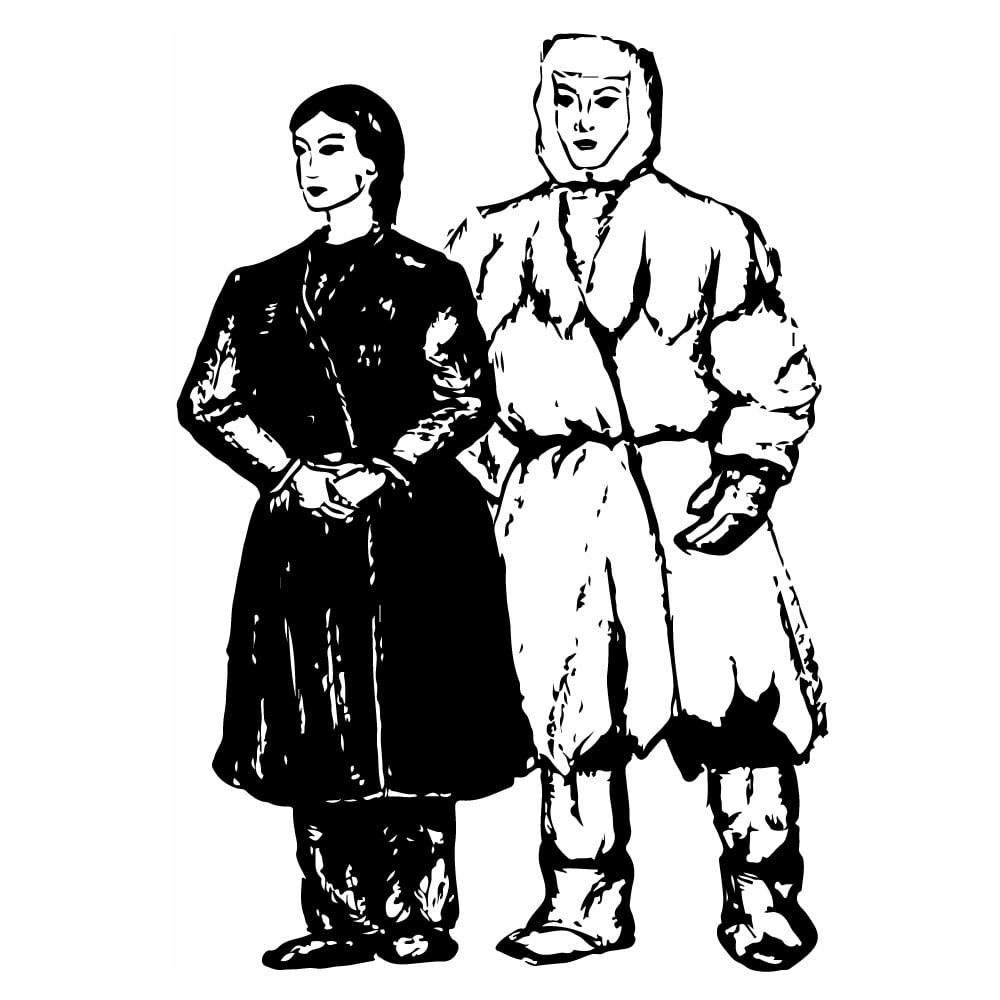Finns
| Population | 67,000 |
| Language group | Finno-Ugrian |
| Language | Finnish |
| Region | Southern coast of the Gulf of Finland and the Karelian Isthmus |
| Religion | Christianity |
*Population estimates for 1994
On the Southern coast of the Gulf of Finland and the Karelian Isthmus there lives a population of Finns. In the past, little attention was paid to the investigation of ethnographic peculiarities of the Finn population who lived on the territory of the Leningrad region. Now the peculiarities which distinguished them have disappeared without leaving a trace.
After the Stolbov Armistice in 1617 when the Izhora land passed over to Sweden, a great part of the Izhorian population alongside with the Russian people rushed into the lands of the Russian state. The Izhora land became thinly populated and the Swedish government aspired to populate the uninhabited lands by the Finnish colonists. Undoubtedly, it was just at that time that the bulk of the Finn population appeared on the Southern coast of the Gulf of Finland, though one should not exclude the fact that a certain part of them migrated there both earlier and later.
Obviously, the immigrants descended from the Saymin and Vyborg Karely, which came from the Ladoga area to the Finnish territory in the eleventh to twelfth centuries and took part in forming the Finn nationality. Two large groups were distinguished among the immigrants: the Savokot and the Eurimeiset. These terms, apparently, reflect the name of the places from which immigration came (Savo and Eyryapya). Besides them, there are groups among the Finns from the Leningrad region who are absolutely ignorant of this division and they call themselves just Suomi.
After concluding the Nishtadsky Armistice, the Southern coast of the Gulf of Finland was passed to the Russian state again, and later on the fate of the Finnish language groups on this territory was permanently connected with Russia’s fortunes, which defined the development of their economy, social system, and culture. One of the reasons which stipulated the assimilation of the Finn population on the Southern coast of the Gulf of Finland by the Russians was the common character of their national economy.
The primordial pursuit of the population was agriculture. The Finns and local Germans worked at market gardening. In late autumn and in winter they pursued fishing.
Handicrafts weren’t sufficiently developed in the region due to the fact that there were no propitious conditions for it because of the lack of both valuable raw materials and a commodity market. Only the early sources testify that an iron output was comparatively widely developed and there were potters and tailors among the people. Now, people of the Finn nationality work with the Russians at collective and state farms, at state plants and in the city of Narva, too.
The clothes of the Finns do not differ from those of the townspeople. In the past, it was similar to the clothes of the other Finn language groups, who populated these regions.
This is Ad 1





























